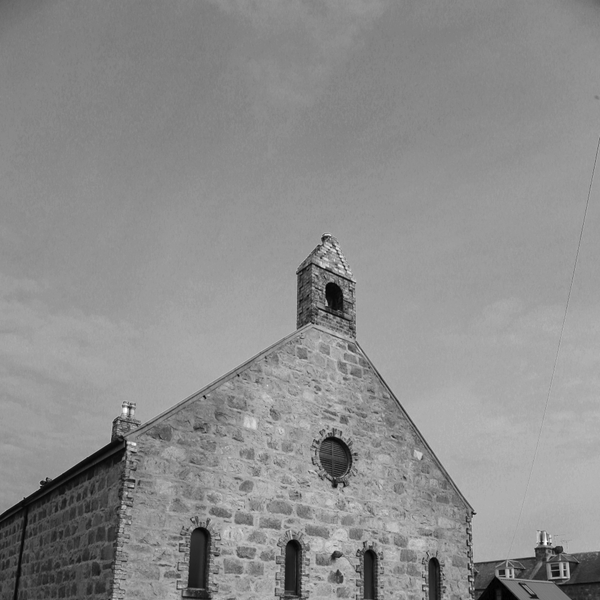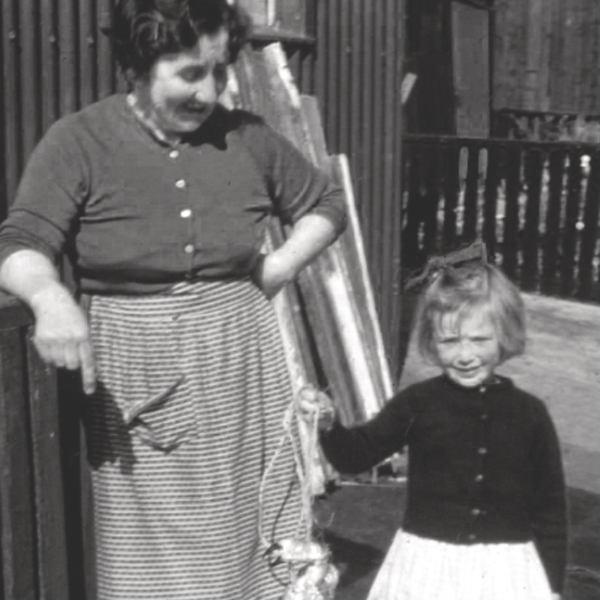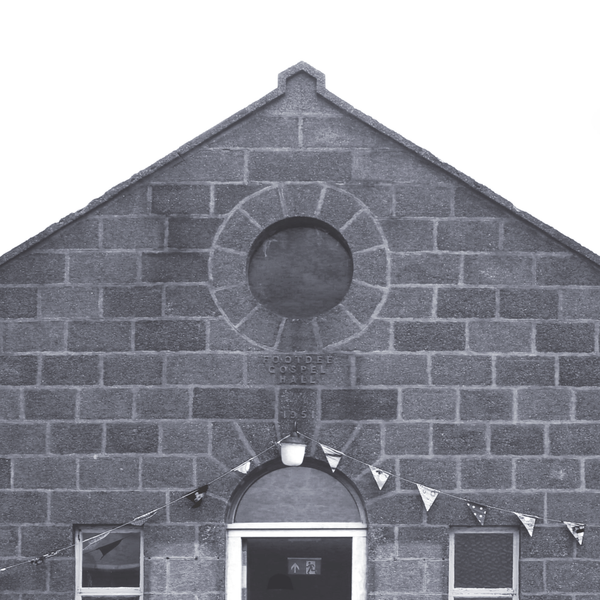HOSIE'S WELL - THE BALLAD OF JOHN HOSIE - FROM "SAND, SILT, FLINT" BY FIONA SOE PAING
https://FionaSoePaing.bandcamp.com
The tragic tale of John Hosie and his sweetheart, and bride to be, Jean is embedded in the landscape and folklore of Bennachie.
On July 24, 1411 the Battle of Harlaw, nick named “Reid Harlaw” in recognition of its ferocity and sheer amount of bloodshed, was fought at the foot of Bennachie. The battle brought together two Highland forces, one led by the local Earl of Mar who was loyal to Scottish King David the second, and the other by Donald, Lord of the Isles. The conflict was sparked by their competing claims to the Earldon of Ross, a huge region of northern Scotland leading from Skye to Ross and into Inverness. King David confirmed the land belonged to the Earl of Mar, but Donald disagreed and invaded. Both sides suffered heavy losses during the day long battle aimed at settling the conflict, but after no conclusive victory on either side, Donald and what remained of his troops, withdrew back to the Isles in the night.
John Hosie fought on the side of the Earl of Mar, but the battle fell on the day before he was due to marry his beloved Jean. John survived the bloodshed, but was taken prisoner by Donald’s retreating forces and marched back to the Isles with them, leaving behind the broken hearted Jean. Folklore tells us that it was years before John escaped the Isles and hot foot it back to Aberdeenshire and Bennachie where he pledged his heart to Jean. However, believing John to be dead, Jean is now engaged to another man. The story passed down tells us that the day John returned to Bennachie, Jean and her new fiancé happened to be out walking on the hill. With echoes of Romeo and Juliet, Jean is so shocked and distraught at the sight of the long lost John she drops dead on the spot. Overcome with grief John dies too and is soon buried on the spot where he fell. Legend tells us his tears flowed up from the earth to create Hosie’s well, and still make up its waters to this day.
Bennachie Walk
The craggy granite peak of the Mither Tap dominates views of Aberdeenshire and is one of nine summits spread out across the ancient landscape of Bennachie. A popular walk with locals and visitors alike, this former hilltop Pictish fort is riddled with walking trails and folklore, and rewards anyone who ventures up its rocky slopes with long horizon views of the surrounding countryside and coast.
The easiest way to reach Hosie’s Well is to follow the Maiden Causeway trail, which leads from the Rowan Tree Car Park to the north of Bennachie, to the summit of the Mither Tap, scooting past the well on the way. The trail kicks off to a steep, narrow start as it leads upwards from the car park quicky into woodland of Scots Pine and Sitka Spruce. Take time to look out for the red squirrels that call this forest home and to take in the birdsong that accompanies the short, uphill walk through the trees. From here you’ll soon emerge into a heather strewn hillside and unfolding views of the Mither Tap ahead.
After about half an hour of steady walking, and a mile from the car park, you’ll reach a level area, dotted with rowan and larch trees, that branches off to the right of the Maiden Causeway. This diversion leads to Hosie’s Well nestled deep within the rocks beneath the grassy ground. The well itself isn't big, but is a good place to pause, unpack a picnic and take in the silence of the hillside. Also take time to read the information board detailing the story of the blood-stained Battle of Harlow and the tragic Hosie, whose heartbroken tears are said to feed the well’s clear waters.
If you’ve the time and energy, and the weather is on your side, continue up the Maiden Causeway to the Mither Tap summit. The Causeway itself is the stuff of legend and named after a feisty local girl who made a deal with the devil, betting she could bake a batch of oatcakes in less time than it
would take him to build a pathway up Bennachie. The views from the top of the Mither Tap are equally legendary and well worth the scramble to the top to take in.
Practical Information
Bennachie is managed by Forestry and Land Scotland (https://forestryandland.gov.scot) It is accessible all year round. There is no charge to part at Rowan Tree car park, but do park in the designated area and be careful not to block gateways.
To reach the car park follow the A96 north from Inverurie for about eight miles. Turn left onto a minor road signposted to ‘Maiden Stone’, just before the turning to Oyne. After about 1⁄2 mile, take a right turn signposted ‘Rowantree Forest Walks’. The car park is about 1⁄2 mile along this road, at grid reference NJ 692 244. The nearest post code is: AB51 5HZ. This is a popular walk and the car park gets busy at weekends and holidays.
If you are travelling by public transport the nearest drop off point is Pitcaple villiage which is about two miles from the car park on the A96 and served by buses between Huntly and Aberdeen. For more information see Traveline Scotland. (https://travelinescotland.com)
The best option to eating is to bring a picnic and picnic tables with a view are perched on a grassy bank above the car park. These are not accessible for wheelchair users, but the on site toilets, which are open Easter to September, are. Good walking shoes or boots are recommended as some parts of the trail are narrow steep and rocky. The ground can also get muddy after rain and icy in the winter.
Text for the Soundwalk researched and written by Lesley Anne Rose at https://OpenRoadLtd.co.uk , with many thanks.




